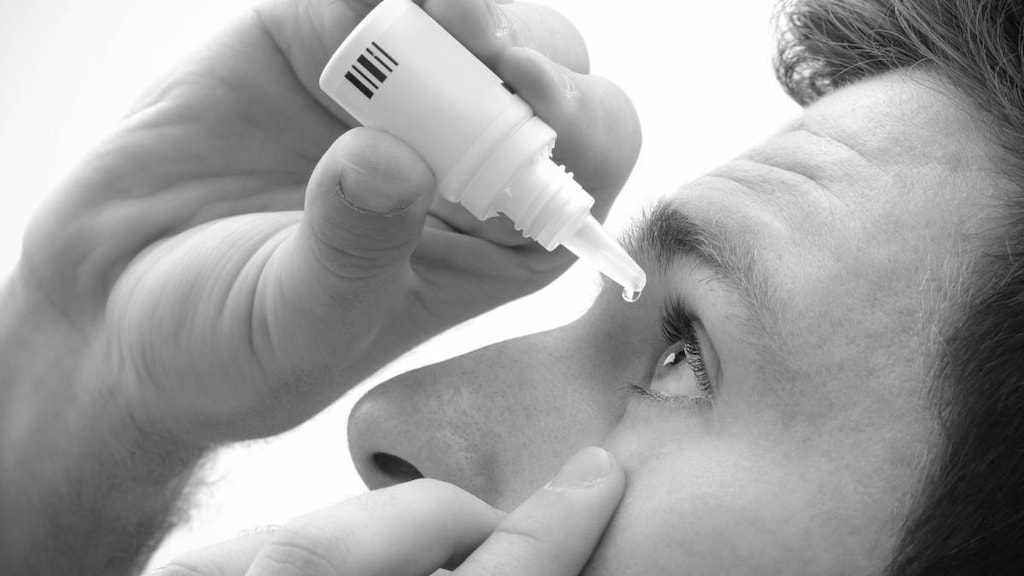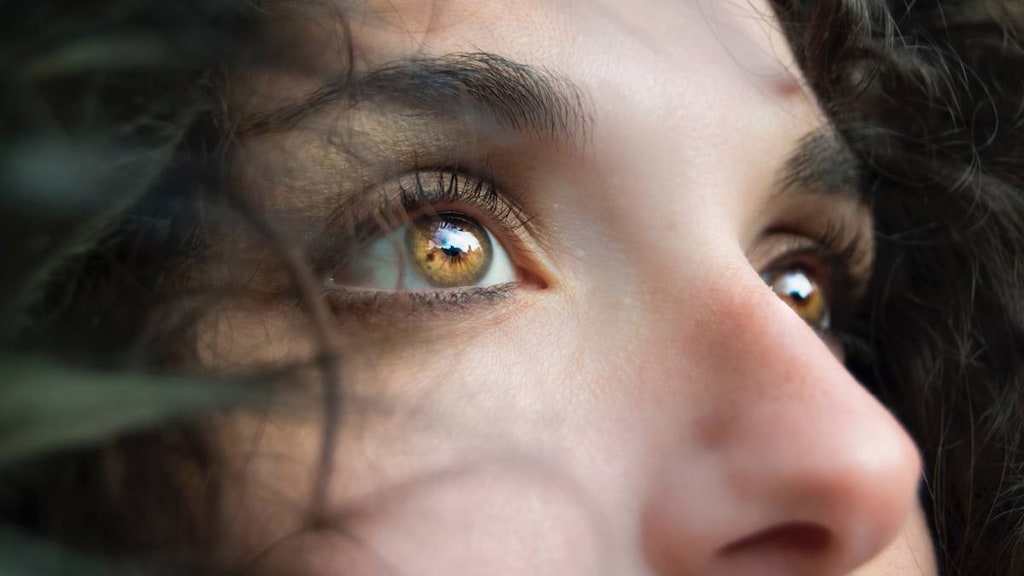
As people age, their tear production declines, producing irritation, burning, or a slightly painful, scratchy feeling in the eye. Sometimes mucus accumulates, causing a sticky sensation. You may become sensitive to light, have trouble wearing contact lenses, or even find it difficult to cry. When the problem is severe, it may feel like you have sand in your eyes. This combination of symptoms is called dry eye syndrome. Dry eye can also cause fluctuations in vision or blurred vision.
More than 16 million adults in the United States—11 million women and five million men—have dry eye syndrome. The likelihood of developing this condition increases as you age. Just under 3% of people aged 18 to 34 have dry eye syndrome. By age 75, about 19% of people are affected.
Dry eye is more common in people who have:
- allergies
- blepharitis (inflammation of the eyelid)
- lupus or rheumatoid arthritis
- Parkinson’s disease (which reduces blinking)
- Sjögren’s syndrome (an immune system disorder)
- skin disorders like rosacea or seborrheic dermatitis
Dry eye syndrome is also more common in people who take certain medications, such as antihistamines, decongestants, antidepressants, anticholinergics, and diuretics.
Symptoms of dry eye syndrome
- Persistent sensation of grittiness in the eyes
- Difficulty wearing contact lenses
- Inability to shed tears
- Burning sensation in low humidity or polluted air
- Fluctuations in vision
- Blurred vision that clears when you blink or use artificial tears
An ophthalmologist can diagnose dry eye syndrome with a slit lamp and can test the amount of tear production. A newer diagnostic test, TearLab, takes a small sample of tears to measure their osmolarity—that is, their saltiness. When you have fewer tears, the ones that remain are saltier, and are therefore less healthy than usual.
Treatment of dry eye syndrome
If your dry eye is caused by a reduction in natural tear production, eye drops may help. For moderate to severe cases, treatment usually involves some type of topical medication (nonprescription artificial tears or ointments) or a prescription medication, such as topical cyclosporine (Restasis). Although dry eye may be sporadic, longtime sufferers often need to use these drugs regularly.
In 2016, the FDA approved the first in a new class of dry eye drugs, an eye drop called lifitegrast (Xiidra). Unlike Restasis, which increases tear production, Xiidra works by reducing inflammation in the eyes. Clinical studies found that Xiidra improved the symptoms of dry eye better than an inactive drop (placebo). For more severe dry eye, doctors sometimes prescribe tears made from your own serum, the clear liquid part of your blood. The blood serum is diluted into a bottle of preserved artificial tears. Your doctor might also prescribe an eye insert such as hydroxypropyl cellulose (Lacrisert), which is placed between your lower eyelid and eyeball. As the insert dissolves, it slowly releases the same substance found in artificial tear eye drops to keep your eyes moist.
There’s also a new, drug-free way to treat dry eye. TrueTear, which the FDA approved in 2017, is a handheld device that uses small pulses of energy to temporarily stimulate tear production. TrueTear has been shown to significantly increase tear production, but because you place the device in your nose, it can cause side effects like nasal pain, nosebleeds, and sneezing.
In severe cases of dry eye, an ophthalmologist may recommend the insertion of temporary or permanent punctal plugs into the tear drainage ducts. These plugs prevent your natural tears from draining out of the opening in the inner corner of the eyelid. Alternatively, your doctor may prescribe special soft contact lenses that help hold in moisture. You may also be advised to wear goggles at night to retain moisture, especially if your eye does not fully close while you sleep.

